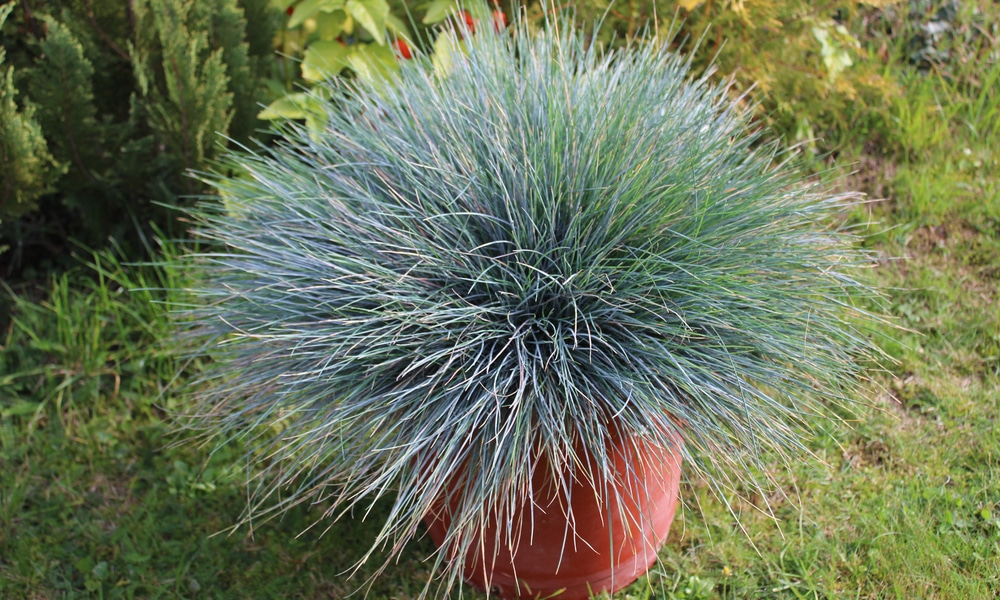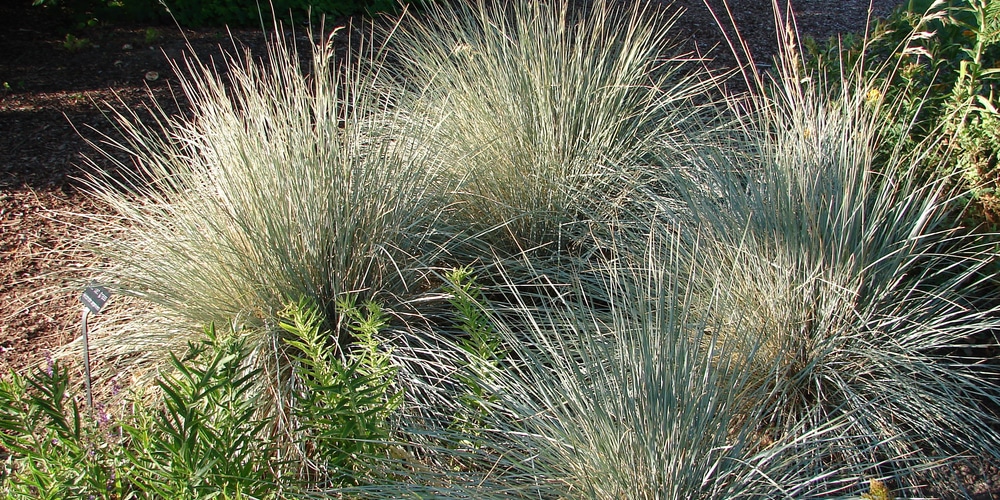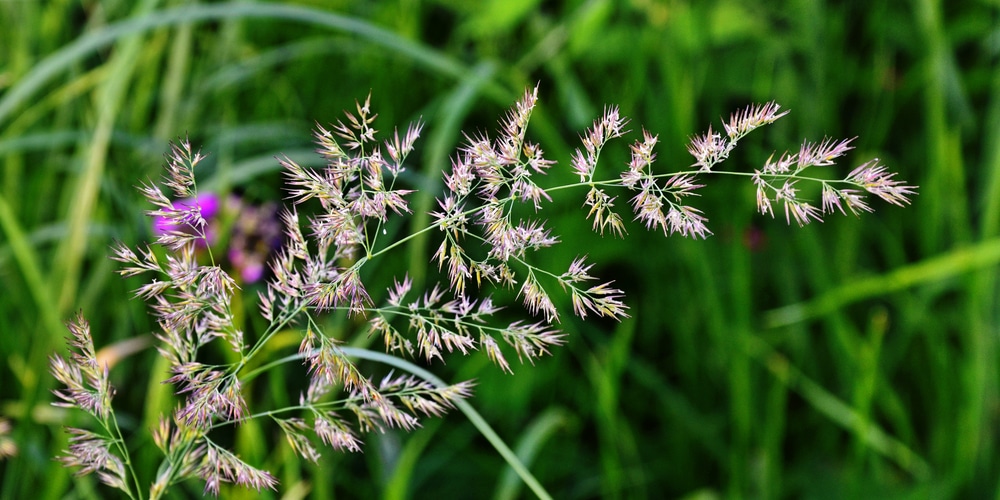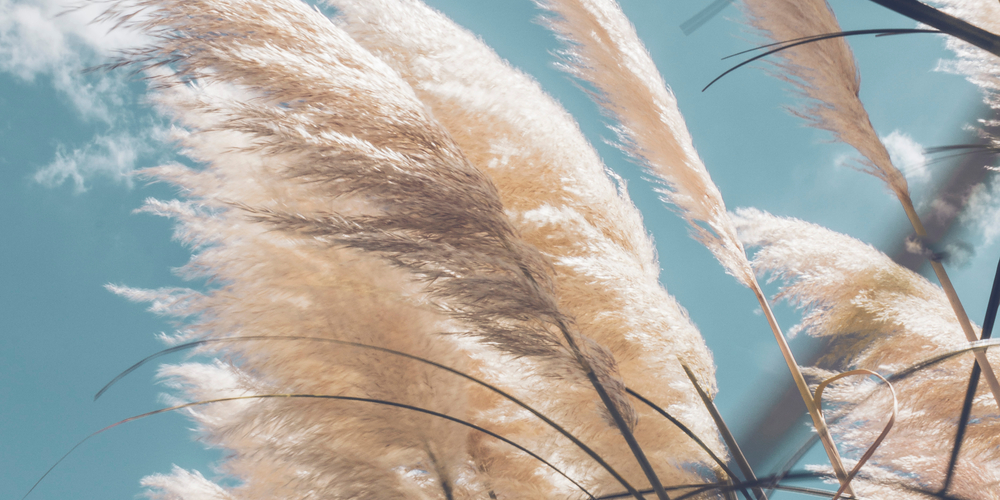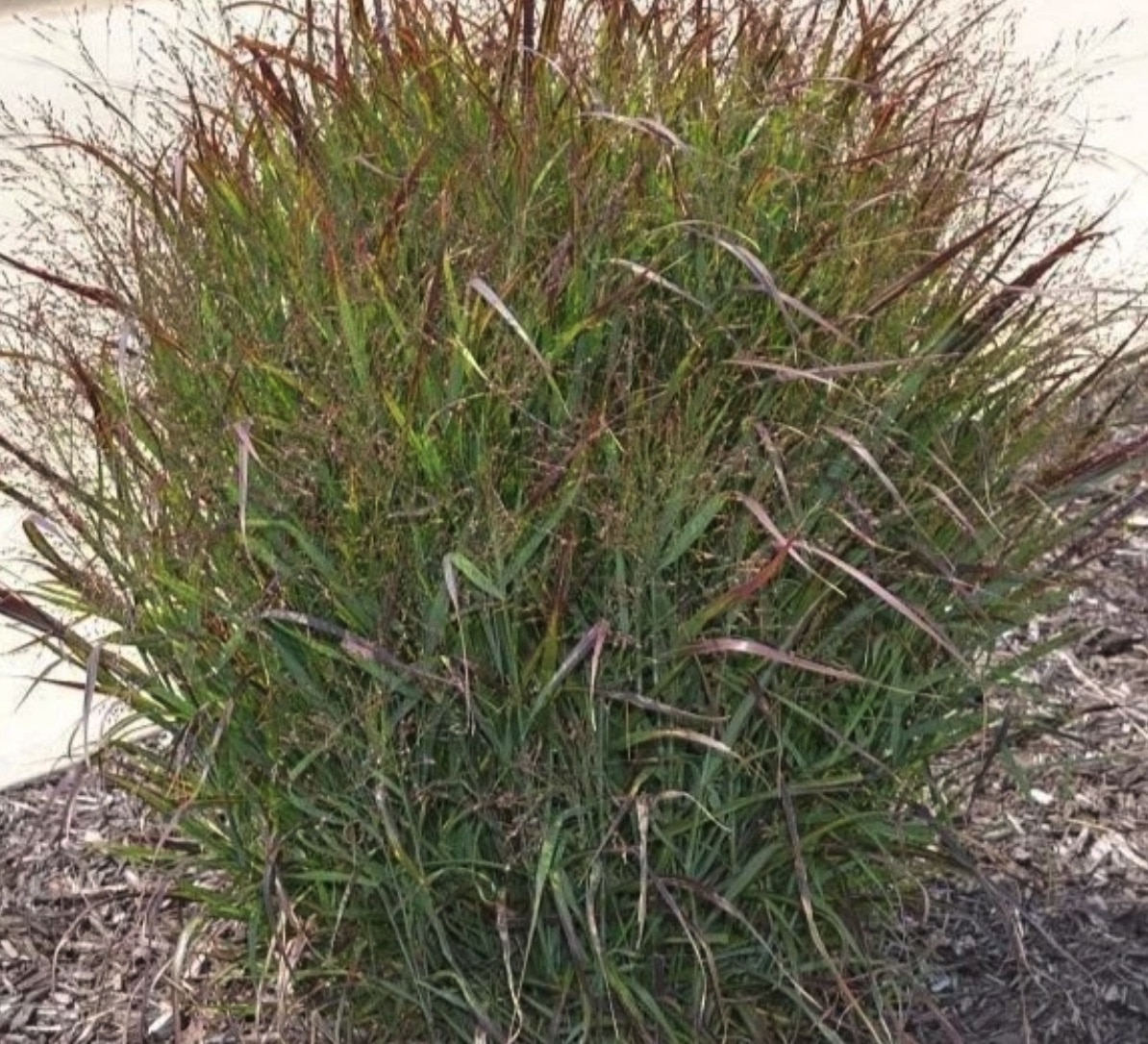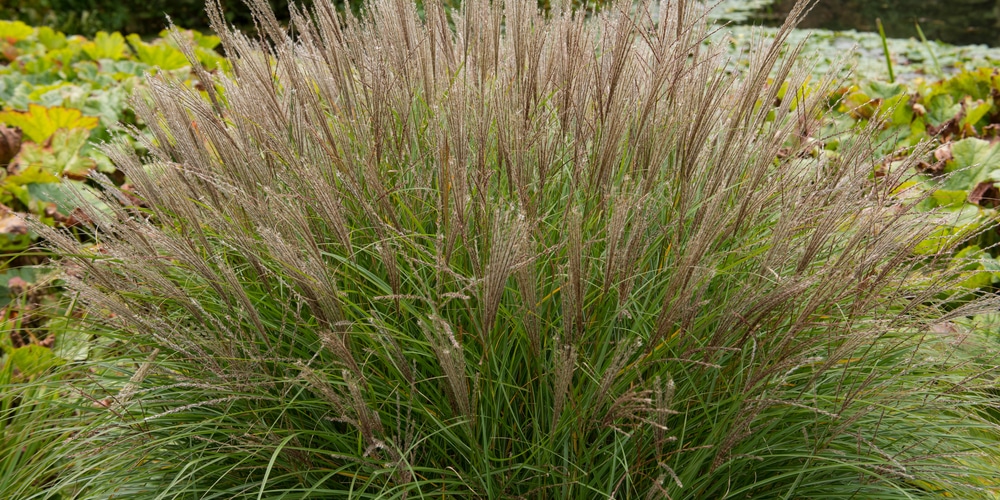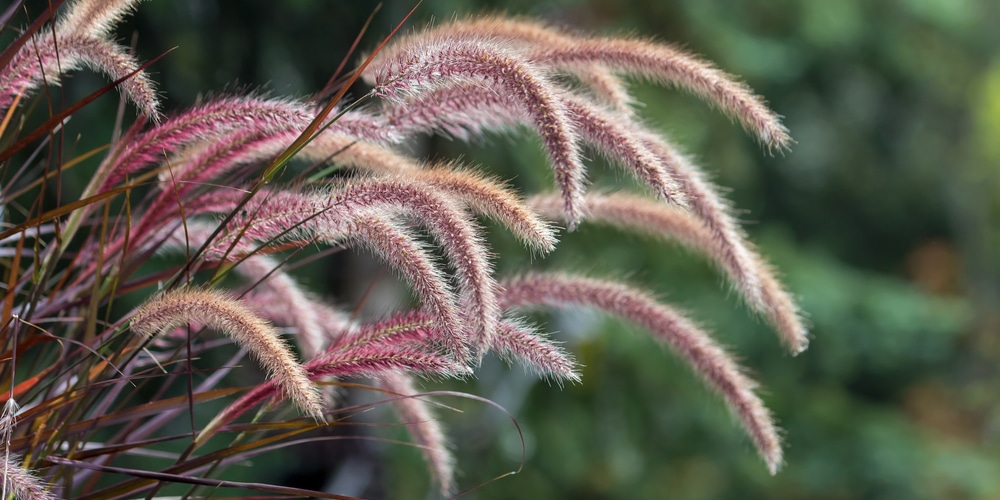Hardiness zones are normally a cause for concern as they dictate which ornamental plants you can have in your garden. As for ornamental grasses in zone 5, they have to put up with temperatures below 23 degrees Celsius. There is also another variable in play: ice and snow. Normally, finding hardy ornamental grass to grow will involve you contacting your residential extension office for directions. Fortunately, you won’t have to do that since you have the list below.
Zone 5: Ornamental Grasses
In general, if you live in zone 5, you have options for ornamental grasses starting from the Japanese Blood Grass, Feather Reed Grass, Pampas Grass, Switchgrass, maiden Grasses to the Blue Fescues. All of which is further elucidated below based on their growing conditions, height, and colors.
apanese blood grass (Imperata)
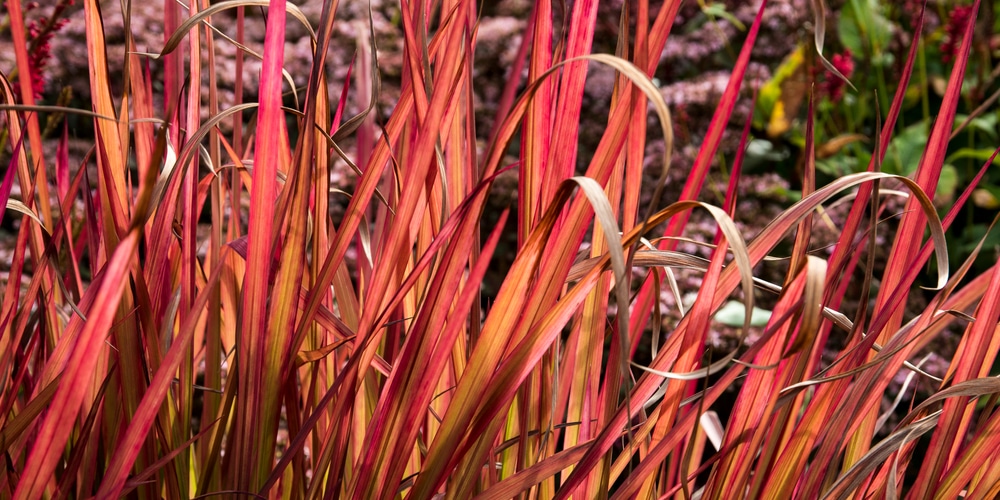
Japanese Blood Grass is a beautiful red-tipped decorative grass for zone 5 that gets redder each passing season. It becomes red in the fall, and any blades that become green must be eliminated to keep the basic red hue. It only requires direct sunlight to partial shade and moist, well-drained soil. Apply granulated fertilizer to the roots after six weeks; do not allow the fertilizer to come into contact with the leaves.
During that first frost, trim the leaves. Blood Grass may spread quickly in certain cases, although “Rubra” and “Red Baron” remain considerably more controllable. Divide in the spring to generate additional plants and keep the size under control. Nearly all Japanese blood grass varieties do well in zones 4–9. And hey, spread it up to a width of 35 inches and a height of 18 inches.
Festuca glauca (Blue Fescue)
For several centuries, gardens have utilized this robust perennial grass. Blue fescue is a cool-season grass tolerant of zones 5–8, while some of its varieties are favored by zones 3–5. Growing about six to ten inches tall at maturity, fescues form neat mounds. Blue fescue is a great choice for pots, border edging, and bulk plantings. It loves dry, sandy soil and partial shade. In prolonged droughts, however, additional water is preferred. You just have to ensure it’s like damp, thick soil.
Blue oat grass
Oat Grass is yet another cool-season grass that grows in straight clumps, comparable to Blue Fescue. It also enjoys full sun to partial shade and a moist soil profile. Every year in June, its one-sided seed heads emerge, first whitish and then changing to golden. In zone 5, oat grass is evergreen vegetation that is also hardy in zones 3 and 4.
Reed Grass with Feathery Leaves
Feather reed grass can be grown in zones 5-9. They are well-known for their 6-foot tall stature and upright posture. Again, they only need soil that drains properly and full exposure to sunlight. You should expect this grass to be at its full maturity in the winter months. Additionally, it’s a tough grass that can adapt to any weather change.
Cortaderia selloana (Pampas Grass)
The Pampas Grass ‘Pumila’ is a miniature variety. Pampas is a sunny seasonal grass that grows to around 3 feet. That is for the dwarf varieties. “Pumila” is more cold-resistant than delicate pampas grass. If it’s grown in zones 5 and 6, it can become a semi-annual crop. Pampas are popular because of their gorgeous, feathery white flowers.
The grass with the switchblade
Switchgrass is a grassland native to North America that produces lofty plumes throughout the summer and fall seasons. It also looks fantastic in the summertime, and some varieties, such as “Dallas Blues,” have blue-gray leaves that turn stunning colors of gold or scarlet in the fall. Switch grasses need full exposure to sunlight and well-drained soils to thrive fully. Upon maturity, they can reach a height of 5 feet. You should expect them to enjoy the conditions in zones 4–9, meaning they are also evergreen in zone 5.
The strictus
The strictus grass is a variant of the Japanese silver grass, and it is hardy in zones 5 and 4 and minimally in zones 3. Provided that it’s exposed to full sunlight and partial shade, it can spread to 2.5 meters in height and a width of 0.5 meters.
However, they should not be planted in soils that are prone to becoming damp and chilly. While you may use loam or sand soil, you have to ensure that it will drain properly. When it comes to pH, Porcupine Grass Strictus isn’t picky. They can thrive in locations that are close to neutral or somewhat alkaline.
These porcupine grasses have stiff, yellow-banded leaves. This plant looks great in a dark spot and is bright enough to brighten up a gloomy spot. Silver grass may be invasive, so it should only be planted in developed and managed regions instead of in natural environments like prairies or woodlands, where it could spread uncontrollably.
Maiden grass
As for the maiden grass, it seems common, is easy to grow, and is gorgeous. Maiden grasses have a fine texture and silver-green blades that shine beautifully in the sunlight. The leaves also turn golden after the first frost.
They need exposure to the sun and sufficient watering to grow. Upon maturity, maiden grasses can reach up to 8 feet, which may require pruning.
Furthermore, they are zone 5, beautiful, broad grass with an unusually twisted seed head. Plant it wherever you’ll be able to idolize the brilliance of the foliage as it turns green or rose gold in late summer. These are perfect for lining the rear of borders or serving as a contrast to sod and other greenery areas.
Pennisetum alopecuroides (perennial fountain grass)
Homeowners have used fountain grass for centuries. Fountain grass thrives in damp to slightly moist soil as long as it gets enough sunlight. Despite being hardy to zone 4, it is often recommended to grow in zone 5. In the event of a prolonged cold spell in Zone 5, wintertime protection is recommended. Fountain grass may reach a height of three or four feet. Its brilliant green foliage is dotted with bottlebrush flowers.
Zone 5: Ornamental Grasses: Wrapping up
Irrefutably, there are certain times when your lawn needs to go an extra mile to boost its beauty. When you are in zone 5, consider the above grasses as the makeup of your lawn. Depending on your preference, you can use a combination of up to three grasses.
